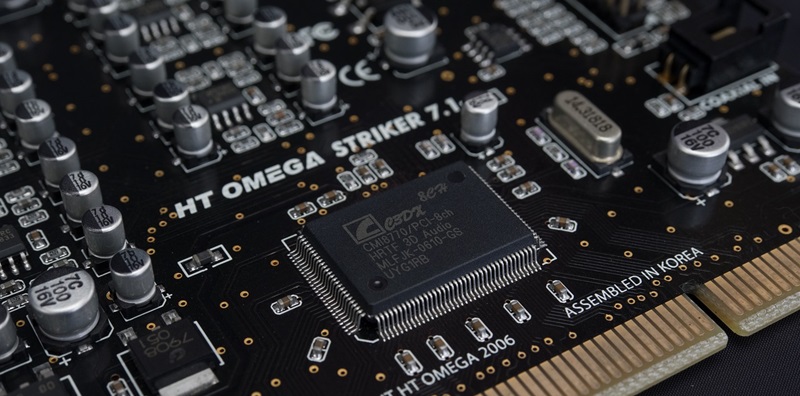The computing realm is on the brink of a major shift, sparked by NVIDIA’s unveiling of the GB200 Grace Blackwell Superchip. This cutting-edge technology merges Blackwell B200 GPUs with the Grace CPU, promising to redefine the frontiers of AI and HPC capabilities. The Grace Blackwell Superchip stands not merely as an improvement but as a leap forward in computing, designed to significantly increase the efficiency of complex computational tasks and data analysis. This groundbreaking advancement is expected to reshape the landscape of artificial intelligence by providing unprecedented calculation speed and power, marking a pivotal change in the domain of advanced computing systems. With this innovation, NVIDIA is setting the stage for a new era where AI can operate at scales and speeds previously unattainable, ensuring that complex tasks become more manageable and efficient than ever before.
Unveiling the GB200 Grace Blackwell Superchip
The GB200 Grace Blackwell Superchip is a showcase of engineering marvel, intertwining two Blackwell B200 AI GPUs with a single Grace CPU. With its 72 ARM Neoverse V2 cores, the GB200 stands as a powerhouse capable of delivering an astonishing 40 PetaFLOPs of AI performance. This represents a seismic shift over its predecessors, setting a new benchmark in NVIDIA’s storied lineage. The leap in computational ability signals advancements not just in the processing of data but also in the methodologies that underpin AI research and development.
The upgrade is substantial, demonstrating NVIDIA’s relentless pursuit of innovation and performance. The GB200’s capabilities are staggering, pushing the boundaries of what is possible in machine learning, data analytics, and complex scientific computations. It marks a generational leap that will undoubtedly influence the trajectory of computational research and capabilities for years to come.
Pioneering Memory and Bandwidth Capabilities
In the realm of computing, memory and bandwidth are critical for performance, especially for AI and machine learning workloads that demand quick processing of large datasets. The GB200 is at the cutting edge with 864 GB of HBM3e memory and an unparalleled memory bandwidth peak of 16TB/s. These specifications not only enhance the superchip’s ability to manage vast data volumes efficiently but also significantly reduce the latency in data transfer, enabling faster learning and prediction capabilities for AI systems.
The implications are profound for fields reliant on processing big data at high speeds. Advanced memory and bandwidth facilitate the GB200’s utility in complex simulations, scientific modeling, and real-time AI applications, ensuring NVIDIA’s superchip can handle the most demanding next-generation workloads with ease and promptness.
Targeting Next-Generation AI Workloads
NVIDIA’s GB200 has been meticulously designed to tackle the rigorous demands of next-generation AI and HPC workloads. Its incorporation of a 192 GB HBM3e memory support, up to 2700W power capacity, and cutting-edge PCIe 6.0 backing underlines its readiness for the future of computing. These specifications don’t just speak to raw power; they represent tailored engineering for processing efficiency, especially in the realm of AI algorithms and complex computations.
The impact on AI research and development is projected to be transformative. With the GB200, vast new territories of artificial intelligence exploration become accessible, enabling breakthroughs that were previously constrained by technological limitations. NVIDIA’s vision is clear: to enable faster, more complex, and more accurate AI systems on a scale never before possible.
Blackwell Compute Nodes and NVLINK Technology
The GB200 is positioned at the core of Blackwell Compute nodes, setting new benchmarks with an astounding AI capability of 80 PetaFLOPs within its liquid-cooled MGX package. Central to its prowess is NVLINK technology, establishing a swift 3.6 TB/s interconnect that propels data exchange rates between GPUs and CPUs to unprecedented levels. This leap in performance unlocks new horizons for cooperative and parallel computing.
By incorporating NVIDIA’s NVLINK Switches, along with cutting-edge network computing improvements such as the ConnectX-800G Infiniband SuperNIC and Bluefield-3 DPU, the GB200 is not simply a powerhouse in raw calculations. It pioneers a new echelon of system optimization and interconnected efficiencies. These enhancements ensure that Blackwell’s superchip isn’t just about sheer speed but also about redefining what’s possible in the realm of complex, interlinked computing systems. With such integrations, the GB200 is engineered to lead in the ever-evolving landscape of high-demand computing.
Industry Impact and the Vision for the Future
At an estimated $30K-$40K per Blackwell B200 GPU unit, NVIDIA’s commitment to this technology is both financial and visionary. The industry’s anticipation is palpable, with expectations high for the DGX Cloud platform’s incorporation of the superchip within the year. Such investment signals NVIDIA’s confidence in the significant role their technology will play in leading the AI and HPC sectors into a new era.
The GB200’s expected impact extends farther than NVIDIA’s bottom line; it encapsulates the company’s foresighted approach in designing game-changing technologies that could redefine the capabilities of AI systems across industries. With the potential for widespread adoption in applications ranging from deep learning to climate modeling, NVIDIA’s GB200 Grace Blackwell Superchip is set to become a cornerstone of AI computing.
Anticipated Adoption by OEMs and Broader Market
Major Original Equipment Manufacturers (OEMs) such as Dell, Cisco, HPE, Lenovo, and Supermicro are preparing for the integration of the GB200, a move that indicates a pivotal turn towards advanced computing capabilities within the industry. The integration of this powerhouse technology is seen as a critical element for these leading brands to maintain their competitive edge and cater to their customers’ growing demands for more sophisticated solutions.
This shift towards the GB200 heralds significant market transformations, with anticipated improvements to service propositions and the potential to redefine the application of artificial intelligence across various sectors. The GB200’s implementation is set to transform the computing scene, pushing the boundaries of what high-performance computing can achieve and setting a new benchmark for innovation and efficiency in the field. As the GB200 gains traction, its influence on the tech industry suggests that a new era of computing excellence is rapidly approaching.

